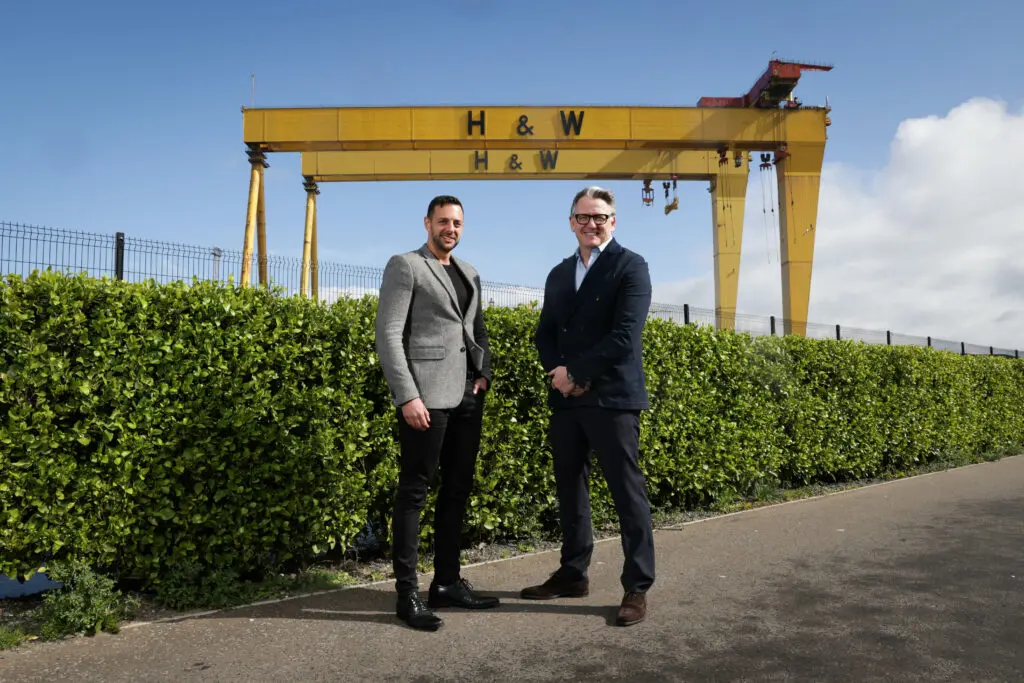It’s been eight years since the Social Value Act (2013) came into law, requiring people who commission public services to think about how they can also secure wider social, economic and environmental benefits.
Although the concept of social value has been part of successive Government narratives since David Cameron’s ‘Big Society’ it is noticeably missing from the planning system. The 2020 Planning White Paper (‘Planning for the Future’) ignored it completely.
Notwithstanding these mixed messages from Government, social value has not gone away. It is increasingly embedded in public and private procurement contracts and continues to gain some traction as a concept relevant to planning. Although it currently sits somewhat confusingly alongside other terms like ESG (Environmental, Social and Governance) or its older precursor CSR (Corporate Social Responsibility). Nor is it clear how such value-laden approaches sit alongside the S106/CIL and the wider conversation about the new infrastructure levy.
So, should housebuilders see social value as an opportunity or a threat? Should social value offer an exemplary approach, best practice for progressive developers to shine? Or should social value become part of the planning framework, a means for Planning Authorities to extract community benefits and fund local services?
To my mind, the planning process already has enough ’sticks’ i.e. barriers and regulatory burdens to beat housebuilders with, and whilst the Government is looking at replacing S106 and CIL with a new infrastructure levy, it would be a mistake to conflate this with social value. After all, we only have to look at the growing concerns about unspent CIL reserves and S106 payments to wonder if a contribution to social value would impact real and positive grassroot community improvement.
Developers need to lead the way in delivering on social value initiatives to avoid being hit with more, potentially less effective, red tape. The key is to start early. Experience tells us that it is incredibly hard to generate positive social value outcomes retrospectively. Post ‘Resolution to Grant’, dialogue can inevitably become focussed on reductive exchanges about viability and S106 commitments. Quantitative metrics rather than qualitative outcomes.
Far better then, for the housebuilding community to see social value as an ethos and best practice approach to be championed and embedded in pre-application community and voluntary sector engagement. We have design initiatives such as DRPs to encourage best practice in design. Why not see consultation and the opportunities presented by new digital consultation tools, to embed social value principles into that wider conversation with communities and local stakeholders?
The prize for embracing social value may well be minimising the likelihood of community opposition and encouraging support for development. This is far more of an attractive ‘carrot’ than allowing social value to become yet another ‘stick’ to block, delay or tax the development process.




